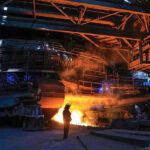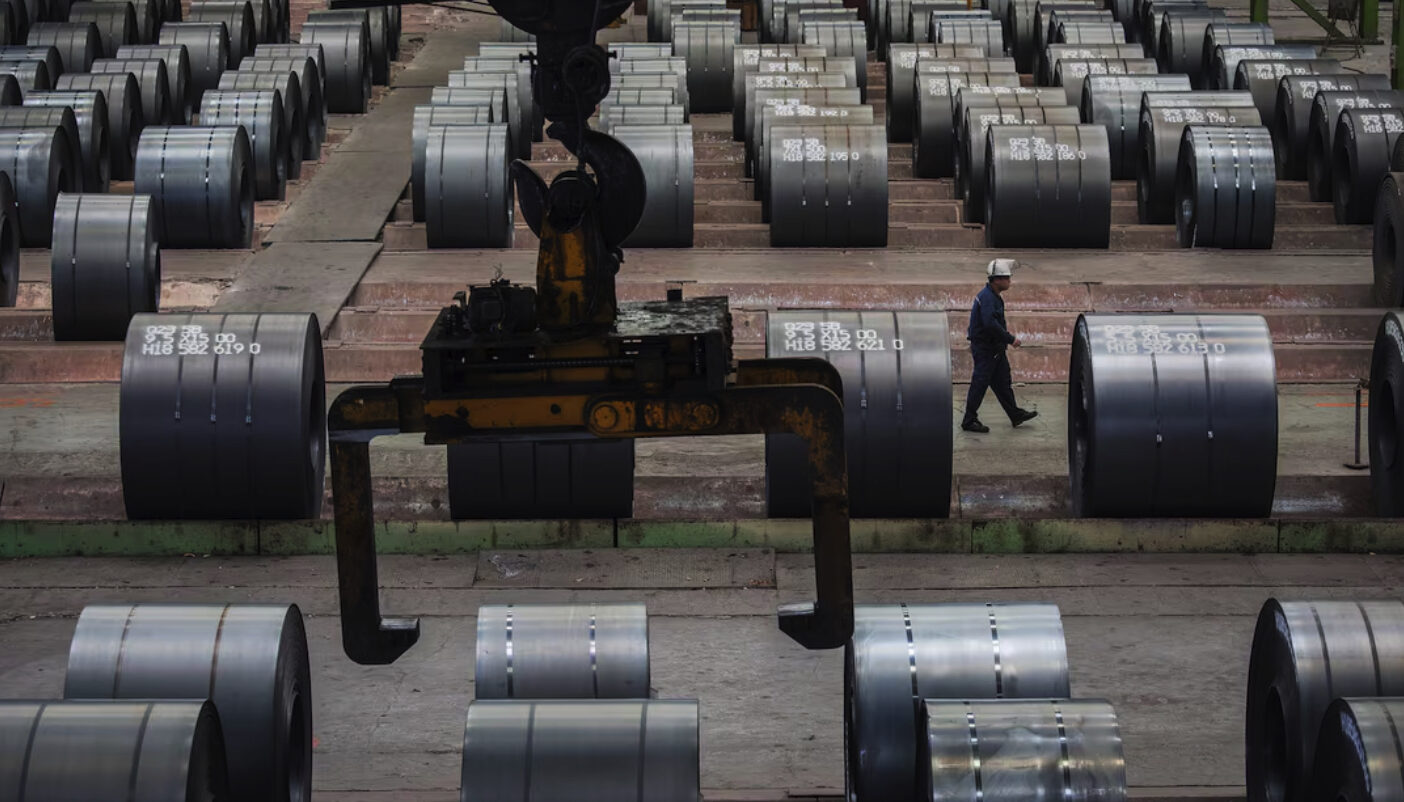Steel Prices React to Economic Stimulus Measures
Impact on Steel Demand
The announcement of measures to stimulate the economy has driven up prices for key steel products. China’s steel demand from the real estate sector could increase if Beijing continues its support. According to Clyde Russell, a columnist for Reuters, demand might also grow outside the real estate industry.
Iron Ore Prices Surge
Last week, iron ore prices responded to these measures. The announcements included lower interest rates and relaxed home purchase rules. As a result, futures on the Singapore Exchange closed at $108.24/t on October 1, reflecting a 15.4% increase from the previous session.
Iron Ore Trends in 2024
Iron ore prices have declined from their January peak of $143.6/t, driven by falling steel production and weak real estate demand. The question now is whether the latest stimulus will boost demand significantly or only slow the decline. A sharp recovery by the end of 2024 seems unlikely, but 2025 offers better prospects if Beijing continues its support.
Potential Growth Beyond Real Estate
Steel demand may rise in other industries, especially in manufacturing. Government policies encouraging new vehicle sales and energy-efficient appliances could contribute to this growth. Local governments are also being urged to accelerate infrastructure projects.
Uncertainty Around Demand Growth
The recent stimulus measures, announced in late September, are the most substantial this year. However, doubts remain about whether they will significantly raise physical demand. Even if steel demand improves in 2025, it may shift towards local consumption, with exports potentially decreasing.
Market Sentiment and Investor Confidence
Price increases driven by market sentiment could persist if investors remain optimistic. While iron ore prices have surged, the muted reaction in the copper market reflects lingering caution about China’s economic future.
Decline in China’s Steel Production
As reported by GMK Center, China reduced steel production by 3.3% year-on-year to 691 million tons in January-August 2024. In August, steel output fell by 6.1% from July to 77.92 million tons, due to weak demand and reduced margins. Compared to August 2023, this figure dropped by 10.4%.



